Hammer Time: Happy Returns
Does retail always give you the best return when it comes to cars? The reflexive answer is ‘yes’. But the real answer is ‘It depends’. I’ve seen cars bought at dealer auctions that don’t have a chance in a felon’s hell of reclaiming their outrageous price. This week there was a Barney inspired purple 1998 Dodge Caravan with 118k that sold for $3000. That one will have to be financed to a hardcore Prince fan with a brood. A little while back I also saw this Farley inspired van go for $5800. That one is still at the dealer’s lot begging for monetary penance. Of course, these two extreme examples are somewhere between a lightning strike and a snow flurry in Atlanta. So what’s the norm?
If we’re looking at ‘cash purchases’ for new cars, the public with rare exception pays the premium. Sometimes dealers will buy the new fashionable car at a stiff premium at a dealer auction to get more traffic into their place. Otherwise, the public pays it all… and it’s really not much of one in most cases. Most vehicles sell somewhere between a 1% to 10% premium in the retail markets. But even then the dealers often have to factor out the pigs that simply sit, and it’s not always cut and dry. The popular brands offer a few lackluster models and sometimes an errant option package or two. The declining ones offer the most porkish of pointless plentitude and have a net negative return in the end. In a recessionary market almost everyone has headaches and migraines. But the general public with finance companies in tow offer all the medicine needed to treat it.
Then you have the near-new vehicles. One to three year old models. Again, new car dealerships that benefit from strong CPO programs will come out well and the laws of demand and access are still firmly on their side. A new car dealer has access to closed auctions where only new car dealers of that brand can pick and choose. The manufacturer will usually offer these vehicles at a lower price before offering an ‘open auction’ to the independent dealers. Online inventories are also available to virtually all by the manufacturer du jour. If a car is unique in the market place or attracts a truly affluent clientele (Subaru and Acura are two good examples), they won’t have as many repossessed offerings, fleet lease (Hertz, Avis, etc) or program cars.
Once the three year mark is past the field of choices widens considerably. Finance companies and dealer trade-in’s start making up the bulk of the inventory. On the demand side, two diametric extremes generate the strongest price premiums from the public. The first are used car superstores. Carmax is a good example of this, and yes, access to financing sources for every ‘superstore’ plays a huge role in that success. The same is true for the buy here – pay here dealers. However in their model the cars are more varying in quality, and the standards of practice are anywhere from saintly to satanic. Virtually all of them will use some variation of a GPS or disabler to keep track of their vehicles. Some will work with the financially insecure in times of trouble. Others will pull the rug out after one or two missed payments. In practice, there are those who want a happy customer and referrals. Others have an army of attorneys (and repo men) to secure their real interests. Unfortunately it’s very hard to judge the BHPH dealer from their cover.
In addition you have the ‘sleds’, the salvage vehicles, and what I term the ‘scratch and dents’. Sleds are generally vehicles that would retail for $5000 or less. Although this area also represents ‘finance fodder’ for independent used car dealerships, it’s the wholesalers that are surprisingly becoming the stronger presence. A lot of dealers are simply not very good at the picking and choosing of cars. Many may try to hire their own buyers or do it themselves. But more and more are resorting to experts who are simply looking for a flat fee for their services.
It’s also not a pick and flip. Most wholesalers these days will have their own mechanics, body shops, detail and recon crews, as well as their own vehicle transport. The standard practice is to sell the good ones, fix the mediocre ones, and resell the unpopular and/or crappy cars at the public and dealer auctions. The larger operations will sell hundreds on a weekly basis and the public is not encouraged to participate in wholesale purchases due to their fickle nature.
Salvage vehicles, with rare exception, get the best returns at salvage auctions. Insurance Auto Auctions and Copart are the two 800 pund gorillas of that industry with over 150 locations and nearly four million vehicles between the two. Yet, there are also plenty of independent salvage auctions that continue to do well due to the high fees of both groups. When a car is worth more dead than alive a salvage auction is where the car will generally go. Sometimes it will be taken apart. Sometimes it will be rebuilt… and sometimes they will be exported. The final option has become increasingly popular due to the declining value of the dollar.
Finally, we have what are called the ‘scratch and dents’. Generally they’re older vehicles that have susbstantial cosmetic or mechanical defects that keeps them from being retail ready. These are generally sold to the handy and the ignorant. Public auctions are usually rife with these vehicles and it takes a strong eagle eye, along with a lot of patience, to find the right deal. I’ve personally done well at public auctions due to plenty of practice… and the fact that most public buyers at these sales are generally tapped out at two grand. A lot of the cars that I finance for a strong premium come from this source. Certain wholesalers will also take part at these auctions. If you’re in the periphery like me, you have to pick your battles and make your friends aware of your involvement.
Oh, one other thing. County auctions are pretty much their own animals. I’ve seen great deals with small city government sales… and the exact opposite at large county sales. The more taxi cab companies that come to the sale, the higher your Crown Vic will be. And the more rural folk that come to the sale, the higher your pickup truck will be. Buses are almost exclusively bought by exporters, transit operators, and in the case of scrap… auto recyclers. Motorcycles and various powersports are their own specialized niche, and the impound auctions (Abandoneds, DUI’s, drug siezed, expired tags) are their own creatures as are the ones offered by Titlepawns and larger dealer networks. Overall, if you’re going to do well as a buyer I would advise you to follow the advice of Wee Willie Keeler and, “Hit em’ where they ain’t.”
More by Steven Lang
Latest Car Reviews
Read moreLatest Product Reviews
Read moreRecent Comments
- Hari Your route home sounds like the perfect stretch for a car like the Alfa Romeo Giulia. Its renowned handling and dynamic performance make it an ideal match for those curves. For enthusiasts or potential owners interested in understanding all the capabilities of the Giulia 2017, the owner’s manual is an invaluable resource. Check it out here: https://chatwithmanuals.com/automobiles/2017-alfa-romeo-giulia-owners-manual/. Our AI-powered chat makes navigating the manual simple, helping you quickly find specific details about the car's features and specs. Perfect for making the most out of those driving moments and truly understanding your vehicle!
- Dale I'd consider the RAV4 if the Prime were on the table as paying for gas is for suckers. Otherwise, we have a couple of Mazdas and they are swell. I've driven older versions of both and the CX-5 is a nicer place to live.
- Haran Spot-on review of the Mercedes-AMG GT’s price adjustments and new features! For those intrigued by the all-wheel drive and enhanced features of the latest model, you can delve deeper with the complete operator's manual available here: https://chatwithmanuals.com/automobiles/mercedes-amg-gt-operators-manual-edition-c2020/. It’s a fantastic resource for understanding all the specs and new additions without getting bogged down by the complexity typically associated with car manuals. Chat with the manual using AI to quickly find exactly what you need to know about this sporty beast. Perfect for those who appreciate detailed insights on their luxury investments!
- Flashindapan Beautiful color combinations. I assumed they stop selling the TT here at least five or six years ago.
- Carson D Just don't be the whistleblower who reports on the falsification of safety data. That's a deadly profession.



















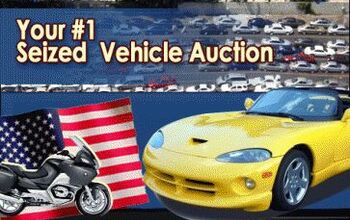
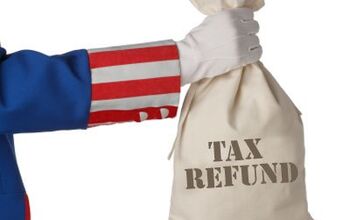
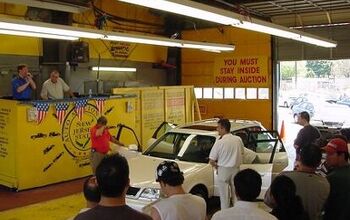

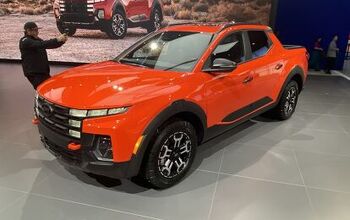
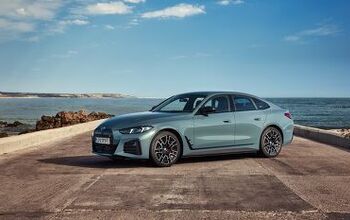
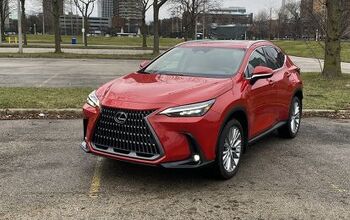

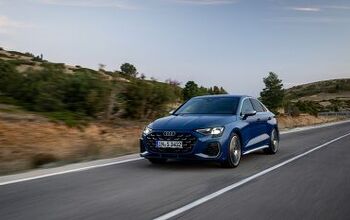
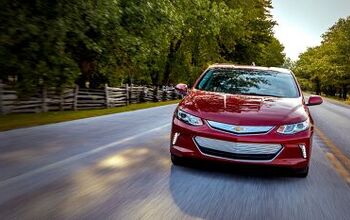
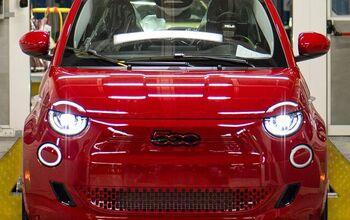
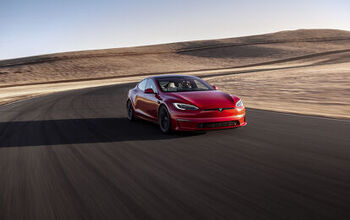
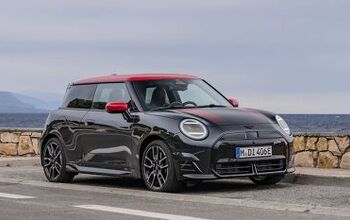
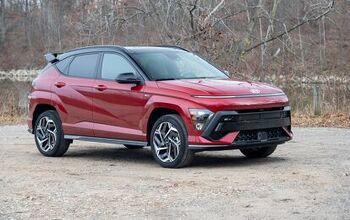
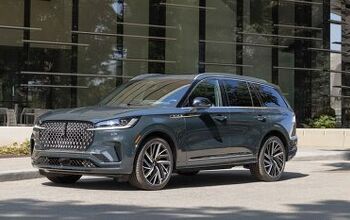
Comments
Join the conversation
Here is another tip when shopping for a used vehicle. Know the off-brand vehicles and the vehicles that depreciate unproportionally to their "value." For example, Mercury Villager might not fetch as much as the "Japanese quality" Nissan Quest, or a Chevy Nova as much as a Toyota Corolla. Everyone knows Lexus has an amazing reliability, but less people know how close a similarly featured Infiniti is...hence the lower used price. Then there are the cars that never sold well because of marketing, but that turned out to be very reliable...the sleepers, if you will. The previous body styles can be bargains compared to the next generation. I once bought a early model Mazda 626 for next to nothing. The car was a rear wheel drive car with a meager 80hp motor...that got an honest 45mpg on the highway and would not break. At the time, it didn't fair well next to snazzy new FWD models. Remember that you are shopping differently than a used car dealership. They are trying to find the cars they can sell for maximum profit. Popular is important to them. You are trying to find the best bargains to drive for a long time. The less popular the better for you.
What he's described is pretty much my experience at auctions. You can spend a lot of time looking at cars but still get it wrong every now and then. I've bought 80's built high mileage cars which I bid next to nothing for and have lasted for many thousands of miles whilst another car I bought was concealing a badly repaired head gasket, 15 miles down the road and boom... (it was a Citroen). I'd say my success rate at buying at auctions is about 60%-70%. You can't get it right all the time, so be prepared for the big money losers.